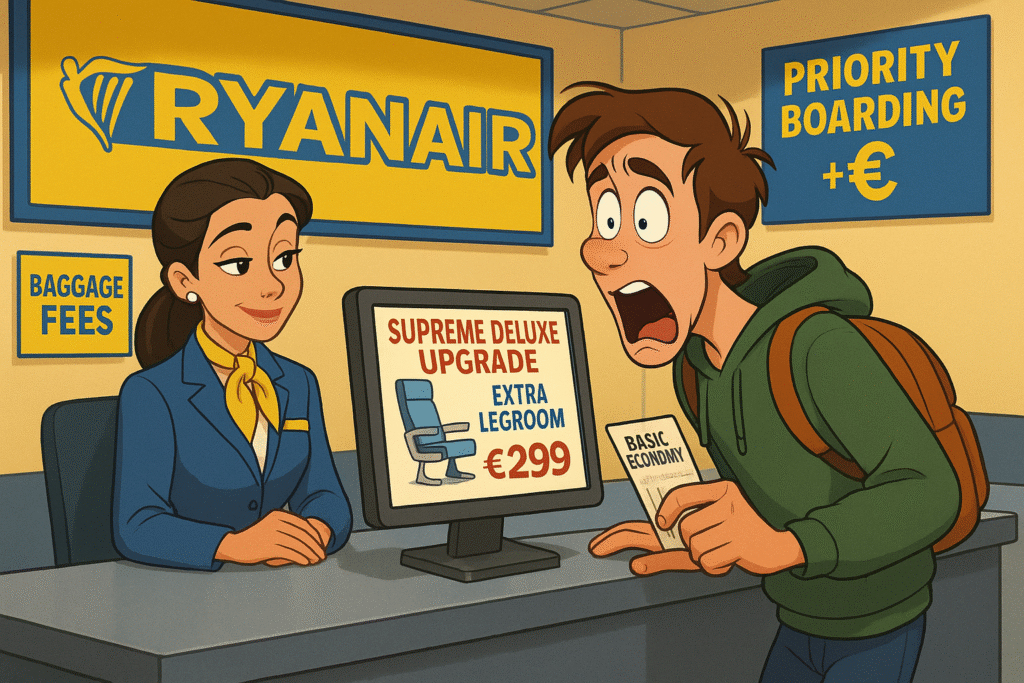
I was recently helping a client wrestle with a positioning dilemma that flags everything wrong with how most companies think about pricing.
This particular product costs about half what competitors charge, while delivering measurably superior performance and reliability.
Engineering precision that would have Swiss watchmakers nodding in approval.
The obvious temptation: lead with the cost savings. Scream about being “the affordable, reliable alternative.”
We went the opposite direction.
Instead of positioning as the smart value choice, we positioned them as the uncompromising quality leader whose engineering excellence happens to be affordably priced.
Same facts, completely different story.
White Castle knows it serves teeny-tiny, steamed burgers on paper-thin buns.
RyanAir knows it strips every possible amenity to offer rock-bottom airfares.
Neither apologizes or tries to be something else.
They’ve chosen their lane and dominate it.
The trap most companies fall into is trying to be both the quality choice AND the value choice. This dilutes both messages until neither resonates.
McDonald’s famously tested this dynamic in Italy, selling their regular burgers through a boutique-positioned pop-up restaurant without the golden arches. Customers raved about the “artisanal” quality of identical products they’d normally dismiss as fast food.

Same burger, different positioning story.
So, is Mickey-D’s now considered a premium burger place by Italians? Giammai.
In I Need That, I discuss how positioning lives entirely in the customer’s mind, not in product specifications. The most technically superior product can fail if positioned incorrectly, while average products thrive when positioned strategically.
Product Payoff: While Patagonia could easily position itself as offering great value — their jackets often last decades while competitors fall apart in years — they relentlessly position on environmental responsibility and quality craftsmanship, charging premium prices that customers gladly pay.
When they launched their “Don’t Buy This Jacket” campaign, sales actually increased because the message only reinforced Patagonia’s quality positioning. Customers saw the campaign as undeniable confidence the products last so long that buying fewer of them makes environmental sense. The positioning made premium pricing feel responsible rather than excessive.
Pick your lane: How do you currently describe your product?
Do you lead with quality benefits or with cost advantages? Are you trying to be both the premium choice and the smart financial decision?
Choose one primary positioning and ruthlessly align all messaging around it.
If you’re the quality leader, let value-conscious customers discover the price advantage themselves rather than leading with it.
Which brands do you admire most for staying true to their positioning (even when they could claim other advantages)?
Tap that reply arrow and share your fave example of a brand that picked its lane and owned it.
Or reach out to my team of brand positioning strategists at Graphos Product.
